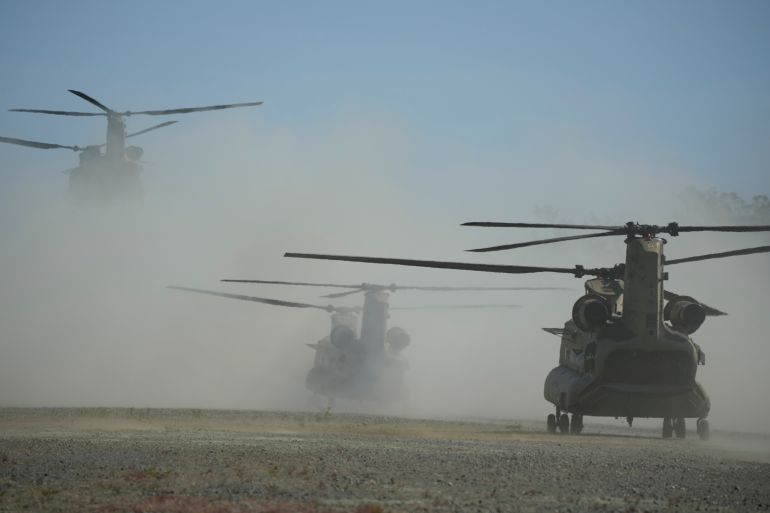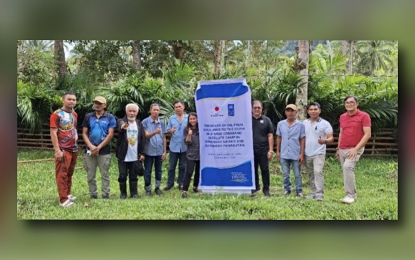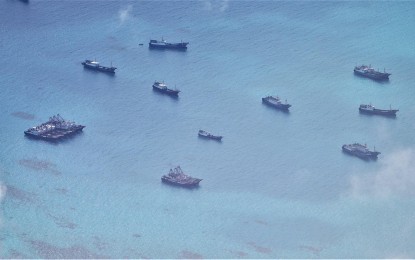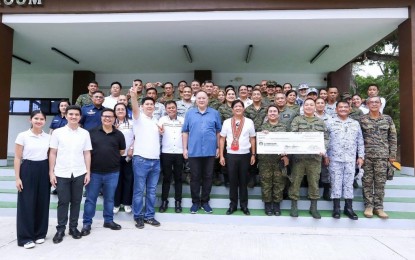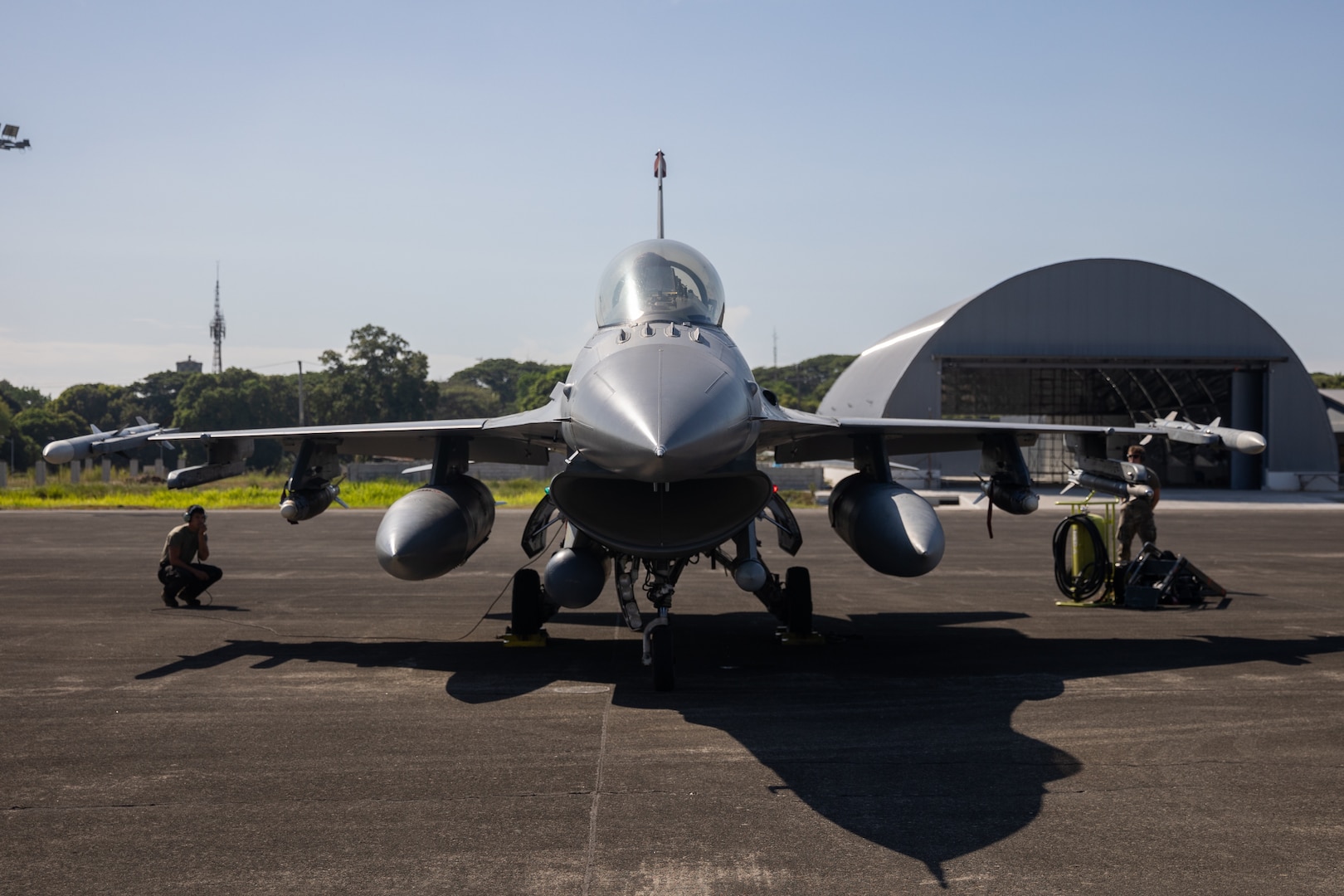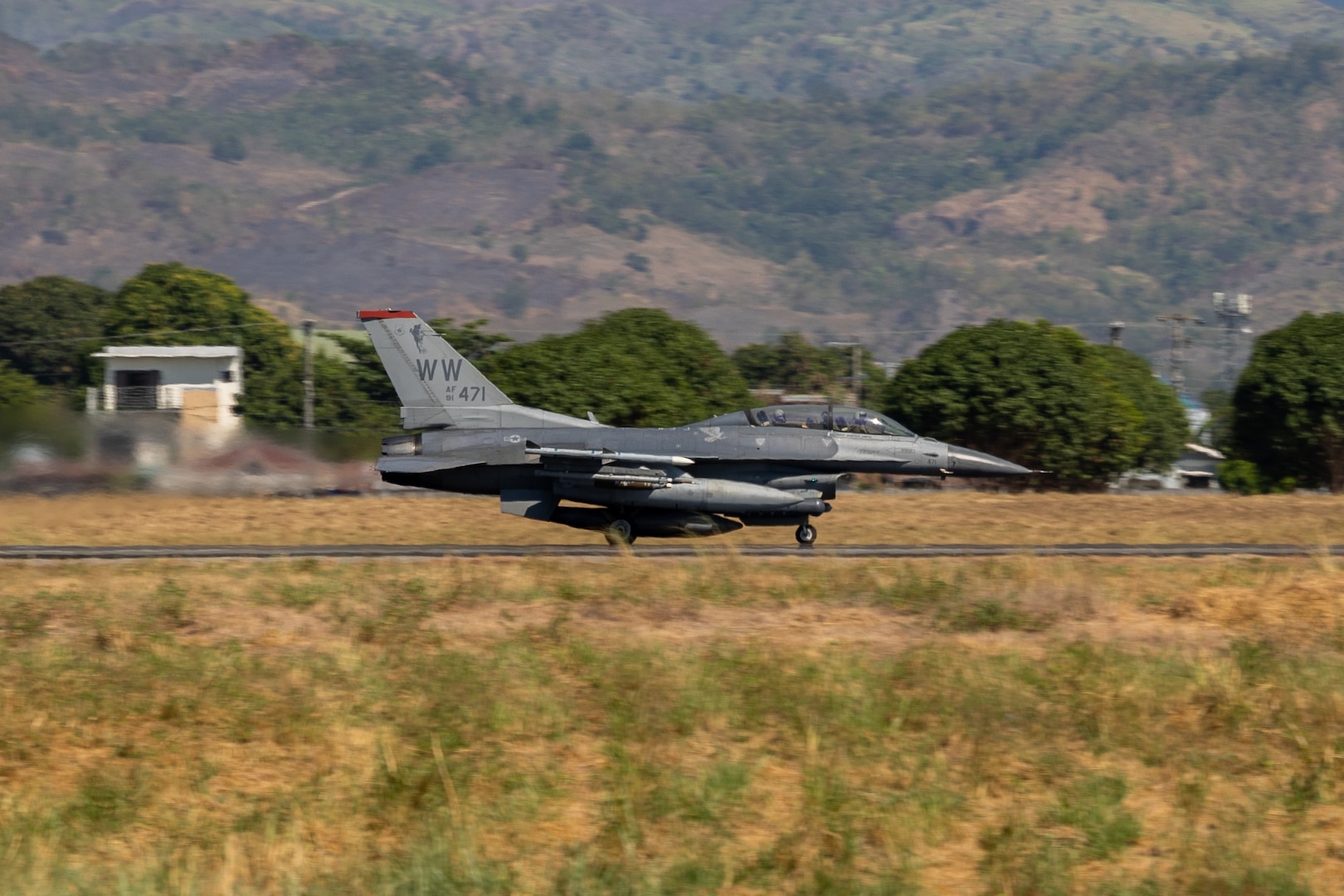From Rappler (May 10, 2024): FACT CHECK: PH did not receive 12 AV-8B Harrier aircraft from NATO allies

Claim: The Philippines received 12 AV-8B Harrier aircraft from members of the North Atlantic Treaty Organization (NATO) to further bolster the country’s defense.
Rating: FALSE
Why we fact-checked this: The claim was made in a YouTube video with 5,235 views and 138 likes as of writing. It was posted on May 5 by a channel with 31,200 subscribers.
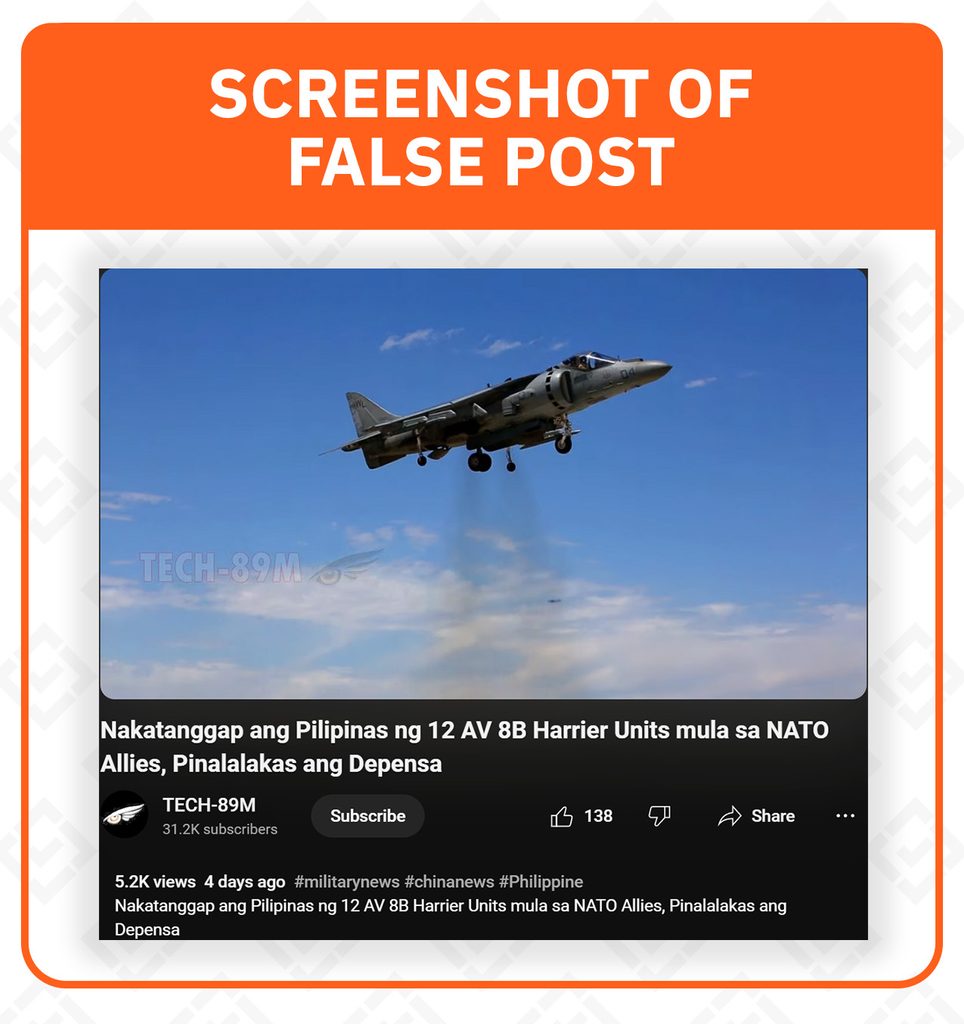
The bottom line: There have been no official announcements from reputable sources regarding the claim. Neither the Philippine Army nor the Philippine Air Force has released any statements supporting the claim. There have also been no announcements on the NATO website.
The AV-8B Harrier is a single-seat, light attack aircraft in service with the United States Marine Corps (USMC). It is set to be retired in two years as the USMC transitions to the F-35B stealth fighter.
Other Stories
FACT CHECK: PH has not formed its own version of NATO
There are no official announcements about the Philippines establishing its own security alliance similar to the North Atlantic Treaty Organization
The Philippines and NATO: While the Philippines is not a NATO member, the US considers it a “major Non-NATO Ally.” This status grants the Philippines a number of defense trade and security cooperation benefits, such as the eligibility to enter into agreements with the US defense department “for the purpose of conducting cooperative research and development projects on defense equipment and munitions.”
PH-US ties: The video was uploaded amid the 2024 Balikatan exercises between the Philippines and the US, which started on April 22 and ended on May 10.
The annual joint military training is intended to enhance “military cooperation and readiness” between the two treaty allies.
The exercises were held amid ongoing tensions between the Philippines and China in the South China Sea. Last month, China again used water cannons against Philippine ships, an act that the US called “irresponsible behavior.”
Beijing has continued to assert its claim over the entire waterway in defiance of the 2016 arbitral ruling in favor of Manila. China has also insisted on the existence of a supposed gentleman’s agreement to manage tensions in the South China Sea.
For legitimate news on Philippine military acquisitions, check the official Facebook page, X (formerly Twitter) page, and website of the Department of National Defense. – Katarina Ruflo/Rappler.com
https://www.rappler.com/newsbreak/fact-check/philippines-did-not-receive-av-8b-harrier-aircraft-nato-allies-may-10-2024/

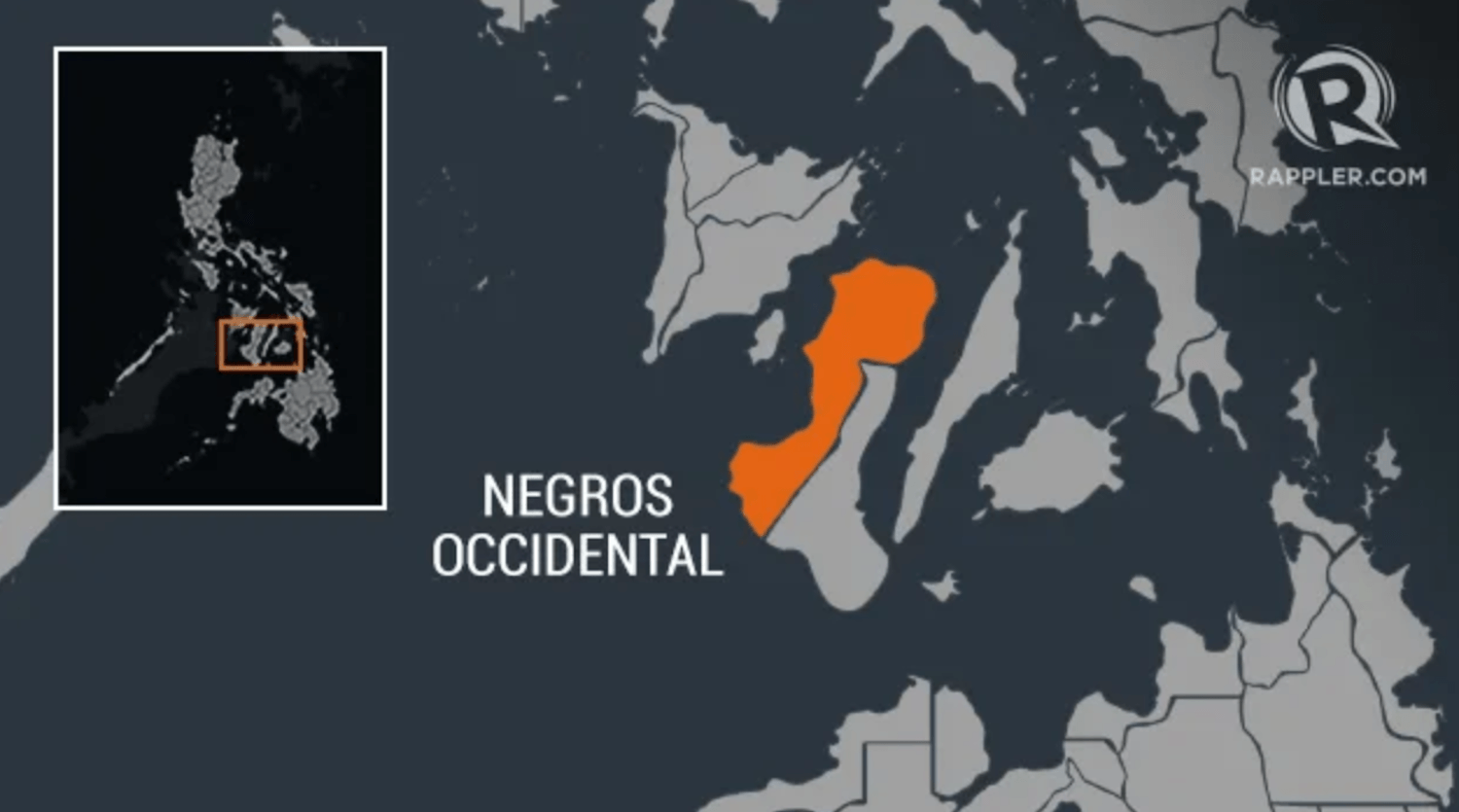
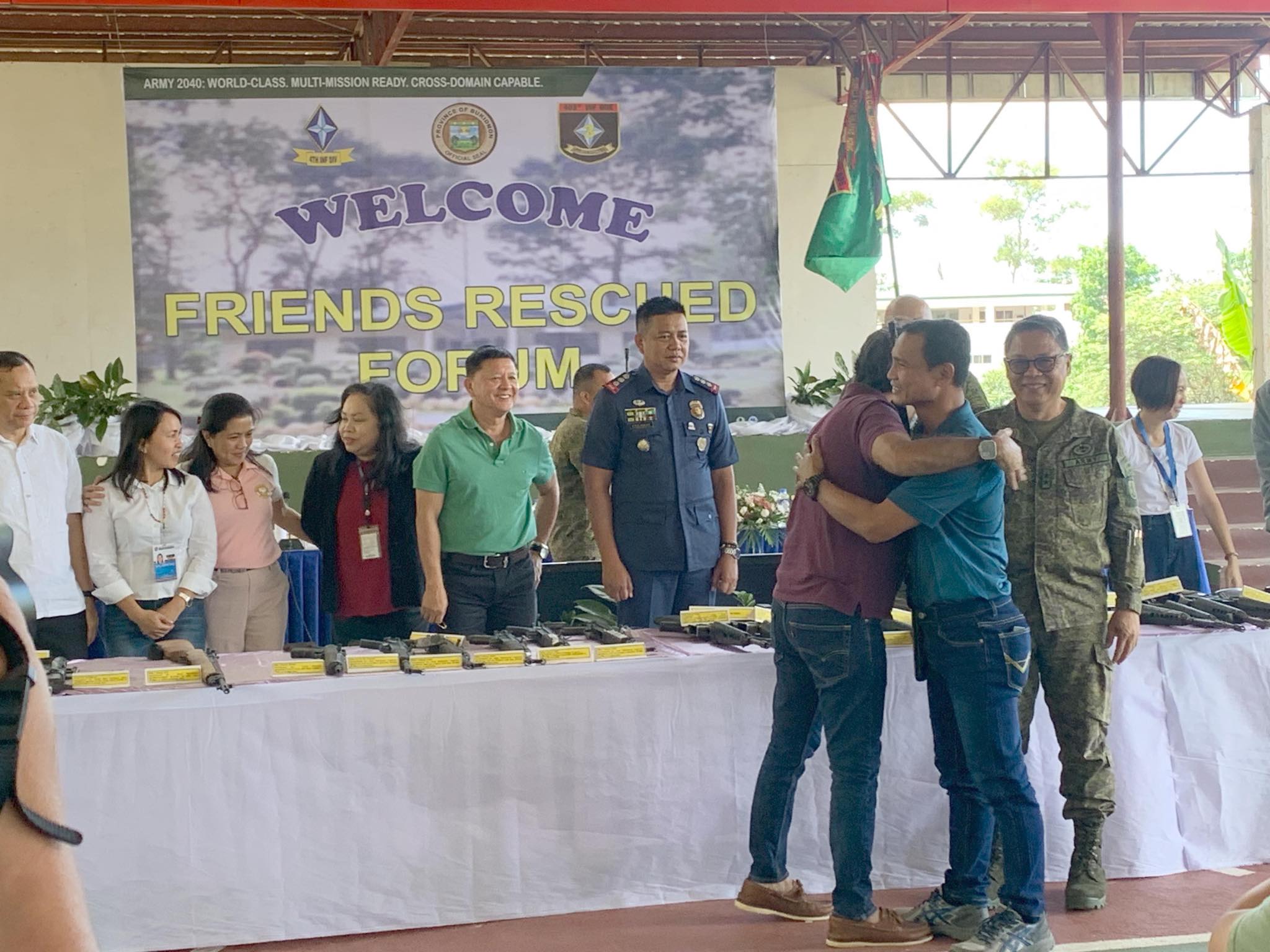


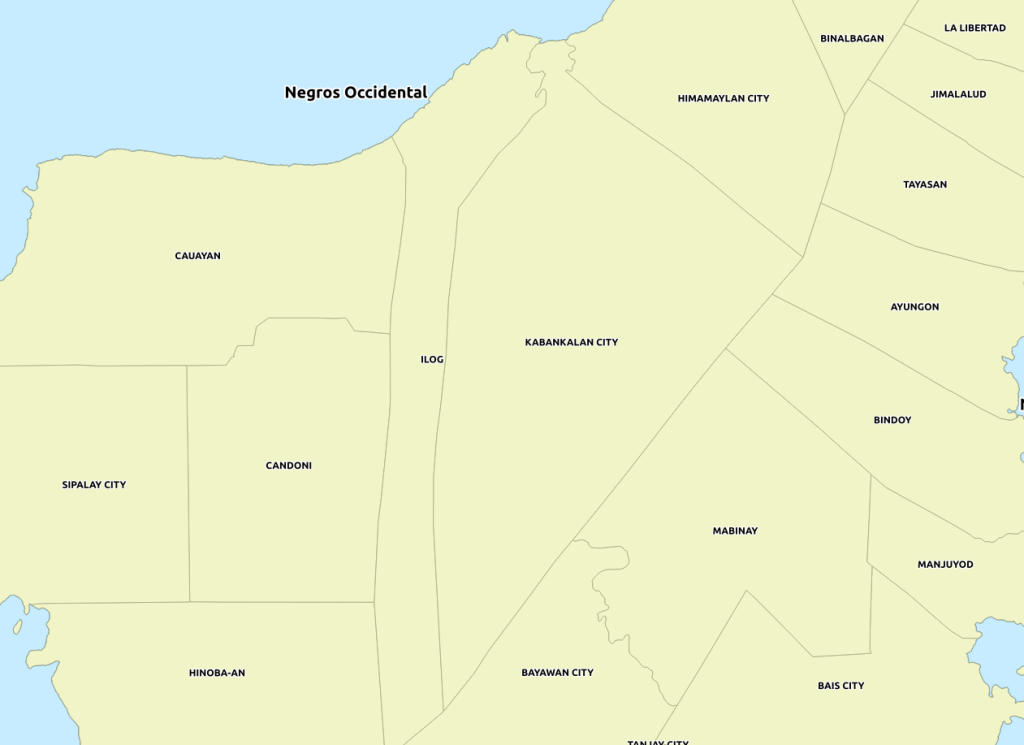
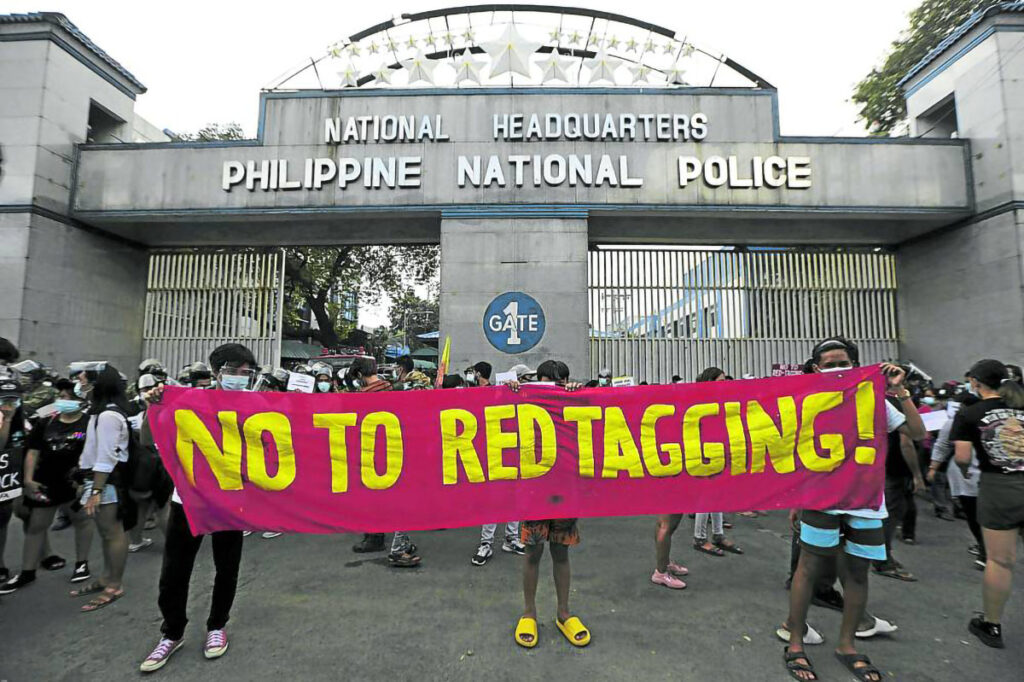
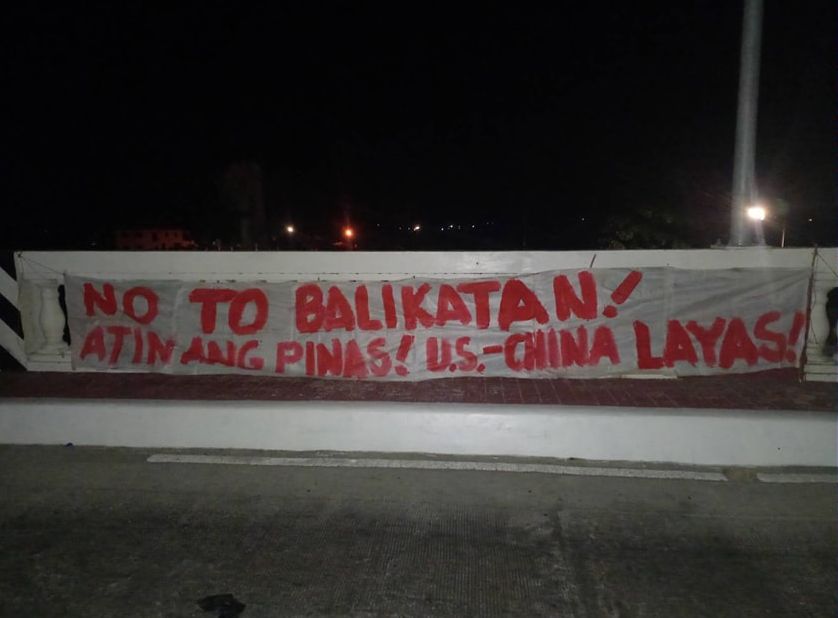
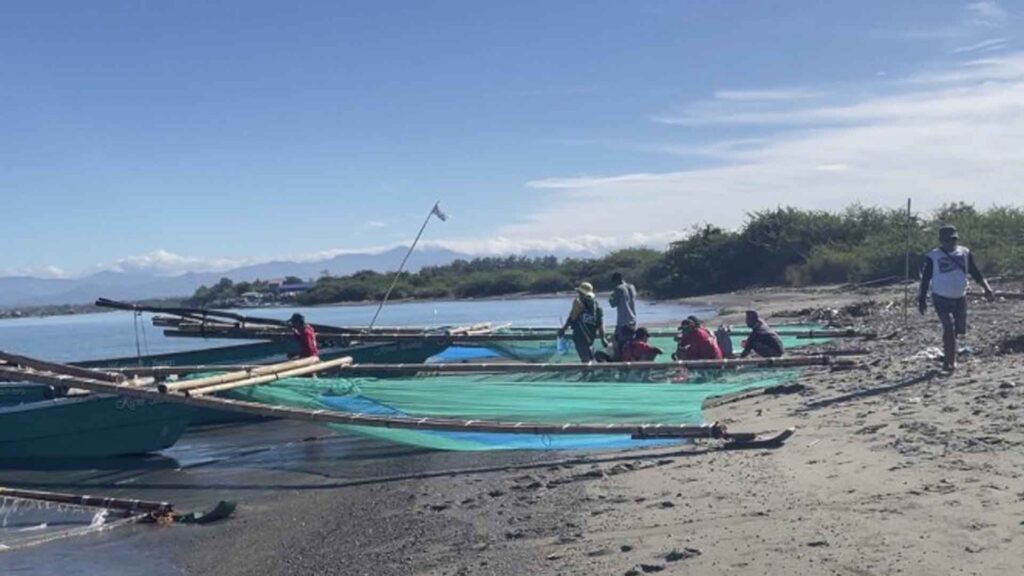
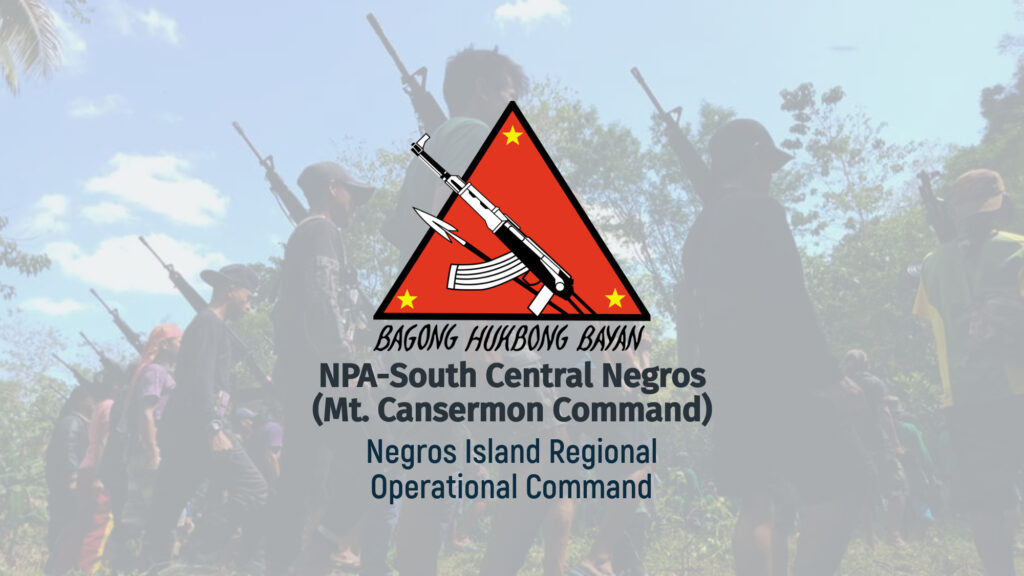
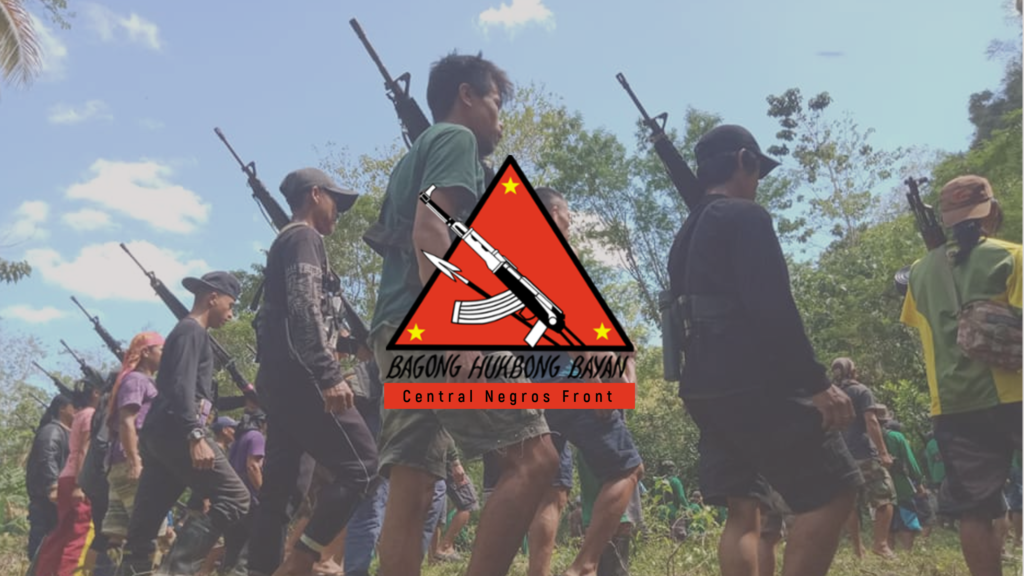


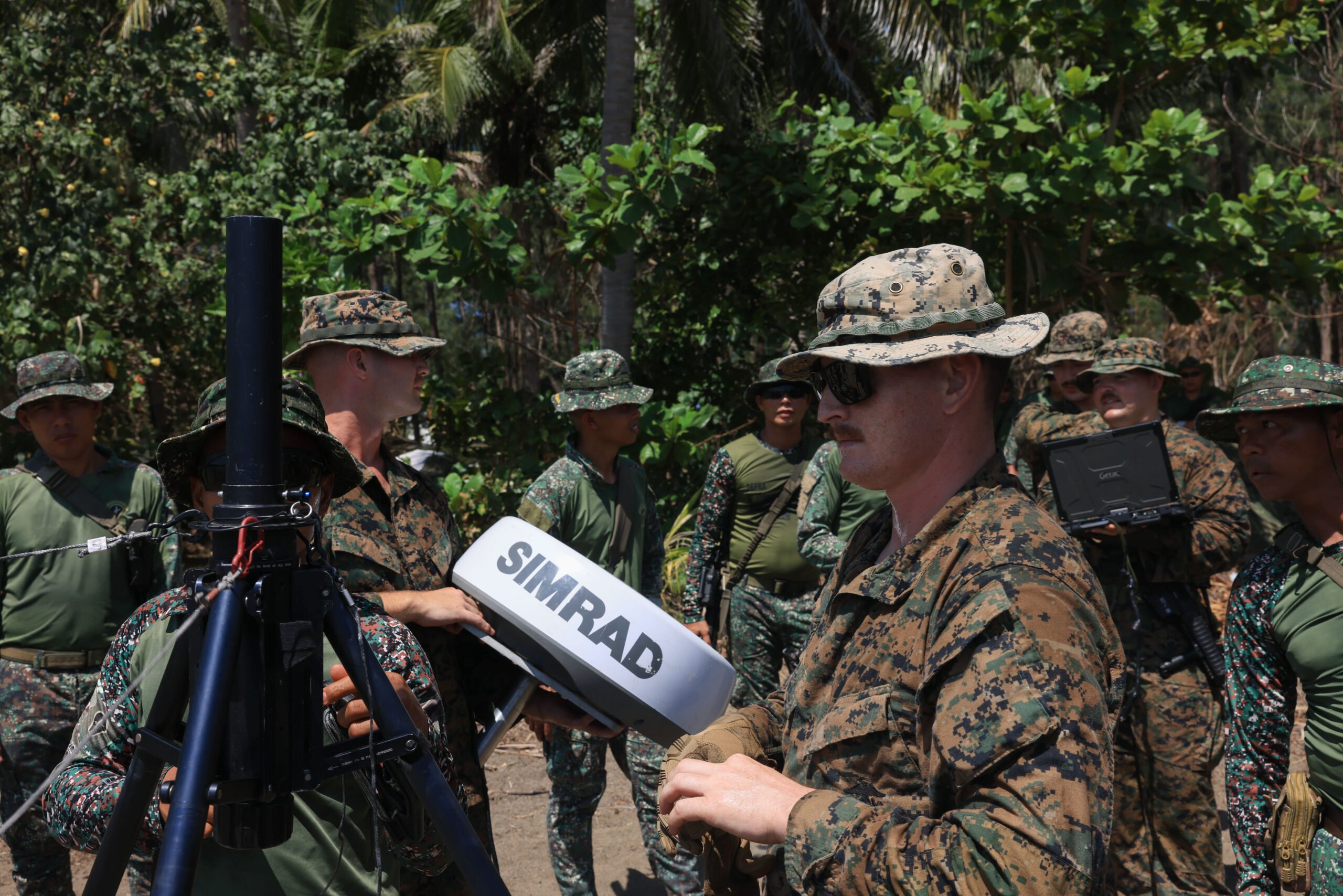 U
U